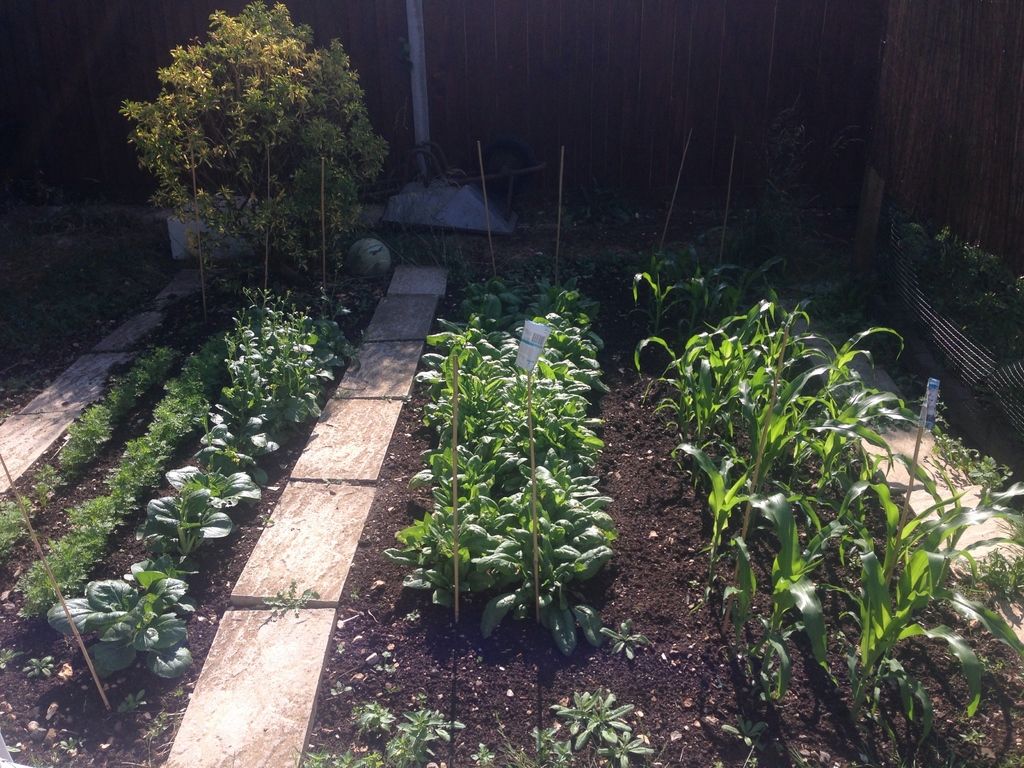Guidelines for Successfully Transferring Seedlings to the Garden for Robust Growth
Transplanting Seedlings: A Comprehensive Guide
- When Is the Ideal Time to Plant Seedlings?
- Understanding Seedling Readiness
- Hardening Off Seedlings: A Necessary Step
- Effective Techniques for Transplanting Seedlings
Every gardener dreams of cultivating a successful garden, and transplanting seedlings into the soil marks the crucial culmination of the seed-starting process. Now, your little sprouts are about to blossom and mature, ready to showcase their full potential. But when is the best moment to transplant them? Let's take a closer look at the finest tactics and techniques to make sure your baby plants have the best possible head start.
When Is It the Ideal Time to Plant Seedlings?
Perfect timing when transplanting seedlings reduces stress on your new green babies. Fortunately, the solution depends on the type of plant, the growth stage it's in, and the average last frost date in your locality—an essential factor to consider since tender plants may succumb to frost if planted too early.
If planning to plant delicate flowers and crops, transplant them only after the last frost date, as lingering frost may still threaten them. To ensure that you transplant your seedlings at the appropriate time, keep these guidelines in mind:
Determine the Local Last Frost Date
Every region and climate zone has a unique last frost date. Understanding this information is essential to prevent transplanting your seedlings too early.
Wait Until After the Last Frost
Be patient and wait for the springtime warmth to truly set in and the danger of frost to pass before transplanting your seedlings, especially warm-season crop seedlings.
Understanding Seedling Readiness
While the conditions need to be ideal, the seedlings themselves must also be properly developed. The mild temperatures and optimal timing will ensure healthy growth, but the right size is equally crucial.
Seedling Size
Seedlings that are transplant-ready will generally be between 2 to 3 inches (5 to 8cm) in height, but this number alone does not give a clear indication of readiness.
Seedling Maturity
The best method to gauge whether a plant is ready for transplantation is by examining the number of true leaves. When you initially plant seeds, the first leaves to emerge are called cotyledons. Interestingly, cotyledons differ in appearance from the leaves that will grow later on and resemble the plant in its mature form. The function of the cotyledons is to provide stored reserves of energy to the seedling for a short period. However, once the true leaves sprout, the plant starts generating nutrition through photosynthesis, which ultimately sustains it throughout its existence. The suggestion is to transplant the seedling once it has developed three to four "true leaves."
Hardening Off Seedlings
Even when they have reached an adequate size, it is essential to gradually acclimate your seedlings to the outdoors before transplanting them via a process called hardening off. This process helps reduce the stress on the plant by allowing it to adapt to the lighting and temperature variations between indoors and outdoors.
Harden off your seedlings 7 to 10 days before you plan to transplant them by slowing exposing them to outdoor conditions:
- First, place the seedlings in a sheltered, partially shaded area for a few hours.
- Incrementally increase their exposure to sunlight, less protected areas, and time spent outside until they can endure an entire day in full sun and a night outdoors.
Remember, if you cannot plant right away, keep the transplants in a shaded area, keeping the soil moist until you're ready to plant.
Effective Techniques for Transplanting Seedlings
If at all possible, wait for a cloudy day to transplant your seedlings. In the absence of such a day, plant in the early morning, and use a sheet, tarp, or landscape fabric to shade the plants to lessen the stress on the seedlings during the transplantation process.
Follow these straightforward steps to ensure the transplantation process goes smoothly:
- Water your seedlings thoroughly at least 12 hours before transplanting.
- Prepare the planting area, eliminating weeds, rocks, and debris while improving the soil with organic matter such as compost if needed.
- Dig your holes to a depth equal to that of the seedlings' growing container.
- Remove the seedlings from their containers gently, taking as much soil as possible. If several seedlings are present in the same pot, extract them using a seed dibber, pencil, or your finger. Always remember to grip the leaves; do not grip the stem.
- Place the seedlings in their holes, fill in with soil, and gently tamp down to eliminate air pockets. Thoroughly water your seedlings afterwards, aiming the water at the soil rather than the leaves.
A word of warning: newly planted seedlings are fragile, and should be protected from the sun, strong winds, and potentially rough weather. Keep a close watch on the weather, having prepared to intervene whenever necessary.
Extra Growing Tips
- Why are my seedlings wilting? Discover the 6 most common reasons and learn how to save your seedlings from demise.
- Growing Seeds Rapidly Uncover 8 expert tips to help your seeds sprout quickly and bring forth flowers and crops fast.
- Proper Thinning Techniques Discover the correct way to thin seedlings for stronger, healthier plants and a flourishing garden.
- Stay up-to-date on the latest growing advice and inspiration by signing up for our newsletter. We'll keep you in the loop with gardening tips, informative articles, videos, and more!
- Amy Grant is a passionate gardener and chef with over 30 years of experience under her belt. Her area of expertise lies within culinary gardening.
- Heather Rhoades is the founder of our platform.
- Incorporating a gardening lifestyle into your home-and-garden setting can be an enjoyable hobby to help your transplanted seedlings thrive. A well-tended garden can enhance your lifestyle and provide a reliable source of fresh produce for your meals.
- Furthering your gardening knowledge, such as understanding the ideal time for transplanting seedlings, the readiness of seedlings, and the necessary acclimation process before transplanting, can lead to a bountiful home garden.







